Kaikōura Dark Sky is a community led project created to help protect the natural darkness of our pristine night sky from ever-increasing risks of light pollution. The charitable trust is seeking worldwide recognition through accreditation from DarkSky International. As a part of the protection efforts, updates to outdoor district lighting provisions have been proposes.
How as a community can we look to manage our light pollution better? The Kaikōura District Council recently chose to adopt our proposed draft lighting provision to the light chapter of the Kaikōura District Plan to help minamalise and control our district light pollution. Read the Section32 supporting report here.
Will the proposed District Plan rules affect you? They will only affect outdoor lighting installed on new build projects or upgrades. Current lights do not need to be altered, although we encourage that when existing fixtures and bulbs are replaced, they meet the new rules. These should also save money over time.
What is light pollution? Unnecessary or excessive use of artificial light at night (ALAN). The proposed new lighting rules are very simple. They just focus on shining light down when it’s needed and where it’s needed to avoid direct and reflected upward light rays into the sky. Read more about the effects of light pollution here.
Here are the new proposed rules as a summary:
1. Use motion sensors on outdoor lights
If your outside lights are on motion sensors and turn off within 5 minutes, you are already doing your bit. If they don’t, adding a sensor to your outside light is the easiest way to cut light pollution and cut energy costs. If you have a sensor, you don’t need to do #2 or #3 below, but you can if you want to help cut light pollution even more.
2. When it’s time to replace outdoor bulbs, go for 3000 Kelvin or preferably lower
Next time your outside light bulb needs replacing, get a warm coloured bulb that is 3000K or lower to meet the rules. Kelvin is a measure of light temperature (colour) as seen in the diagram. Night lighting should be in the warm colour range of 2000-3000K. Avoid blue-white night lighting.

3. When it’s time to install a new light fixture, or replace an old one, choose a model which is fully shielded.
We want the light from the bulb to only go down where you need it most and prevent any light that spills or reflects up and out into the sky. In the proposed lighting rules the definition is – ‘’light must be shielded from above in such a manner that the edge of the shield shall be below the whole of the light source”. How far the shielding goes below the bottom of the light source (bulb) determines whether it is considered horizontally shielded or fully shielded as per the diagram below. Fully shielded is the very best.


Night-time restrictions – For the following lighting, you will be asked to restrict the use to minimal required time, and keep its use between the hours of 6am to 10pm.
- Searchlights (except in emergencies)
- Lighting for recreation (sports) activities
- Outside illumination of a building or natural feature for aesthetic purposes.
What are the main benefits of DarkSky friendly outdoor lighting and becoming DarkSky accredited? More effective, efficient, and appropriate lighting which:
- Saves power and money.
- Improves sleep.
- Protects our nocturnal insects, birds, plants, and mammals.
- Inspires awe and wonder of our night sky.
- Creates economic opportunities.
Where will the proposed Dark Sky area cover?The whole district of Kaikōura is eligible. 98% of the district could become known as an International Dark Sky Sanctuary. The township of Kaikōura and surrounding area as a Dark Sky Community.

What is a Dark Sky Sanctuary? An area of land that has an exceptional quality of starry nights and a nocturnal environment that is protected for its scientific, natural, or educational value, its cultural heritage and/or public enjoyment. (55% of the district falls under protected land). There are only 19 Dark Sky Sanctuaries in the world with two in New Zealand:- Aotea Great Barrier Island & Rakiura Stewart Island.
What is a Dark Sky Community? A town that has shown exceptional dedication to the preservation of the night sky through the implementation and enforcement of more protective outdoor lighting rules, along with dark sky education and local support for our dark skies.
Some Frequent Asked Questions
Will the nighttime restrictions apply to commercial and residential lighting? Both. The proposed Kaikōura Dark Sky Sanctuary will follow the jurisdictional boundaries of the Kaikōura district. The proposed Kaikōura Dark Sky Community will encompass the boundaries of the map where there is an established level of artificial outdoor lighting and the need for recreational lighting and illuminated signs.
Will our streets and public buildings become darker? No, the current Kaikōura Council streetlights are already converted for Dark Sky accreditation. Most of the streetlights use warm white lights on dimmers, and this has already resulted in up to 30% reduction of electricity cost for Council streetlights. Later in 2024, there will hopefully be an upgrade to all State Highway 1 streetlights supported by Waka Kotahi with a combination of 2200 K and 2700K fully shielded lights. Public spaces will continue to be lit, with the only changes relating to colour temperatures and downward pointing light shielding over time.
Would accreditation place any limitations on our cultural rights & values? No. Accreditation would be awarded by the Dark Sky International body which is passionate about protecting and recognising dark sky places across the globe. Accreditation is simply seen as an award/stamp of approval, and it has no governing or controlling rights. Check out – https://darksky.org.
What are some good examples of well-lit public buildings? Both the new Fire & Emergency Station and St John’s Ambulance Station require plenty of lighting for safety purposes, but both have been built with fully shielded light fittings using warmer colour lights of 2700K lighting or lower.
Will permits need to be obtained to hold evening events and/or one-off events (whether they be commercial or residential), for example, a family/friends event being held in one’s own backyard? The effects of different lighting types and design are known and measurable, so it is an activity that Council can effectively manage using permitted activity standards. The plan change adds three specific performance standards for outdoor artificial lighting to the light chapter of the Kaikōura District Plan, listed above. Provided that performance standards are met, resource consent will not be needed for one-off events – commercial or residential.
Will this cost me money? Compliant lighting will reduce your electricity costs over time.
What are our hopes and dreams? Over time the local community choose to replace a broken bulb and old light fitting with a dark sky friendly one so that by 2034 80% of our public and private outdoor lighting complies with the new district rules.

Photo credit – Brooke Unger
The proposal may be Inspected at:
- The Kaikoura District Council webpage: https://www.kaikoura.govt. nz/council/public-notices.
- The Kaikoura District Council reception – 2nd Floor, 96 West End
- Kaikoura Library – 1st floor, 96 West End
- A paper copy of the Proposed Plan change is available from the Kaikoura District Council reception at a cost of $1.00 per page for colour and 20c per page for black & white
- The documents can be downloaded free of charge from the Kaikoura District Council website at https://www.kaikoura.govt.nz/council/public-notices.
Making a Submission:
Further reports and a submission form can be found here. You may make a submission by posting to the Kaikoura District Council at the following address: Plan Change 5 , PO Box 6, 96 West End, Kaikoura, 7300. Or by email at admin@kaikoura.govt.nz. Or in person to Kaikoura District Council reception 2nd Floor, 96 West End, Kaikoura.
The closing date for submissions is 5pm 19th April 2024
At a later date, all submissions received will be summarised and published. Further Submissions will then be invited, allowing any person or organisation to support or oppose any of the initial submissions. A Council hearing will then be arranged to consider all submissions, after which the Council will decide whether to reject or approve the Plan Change. Any submitter who is not satisfied with the Council’s decision may then appeal to the Environment Court. For further information regarding this plan change, or the process outlined above, please contact the Planning Policy Team at Planning KDC.







